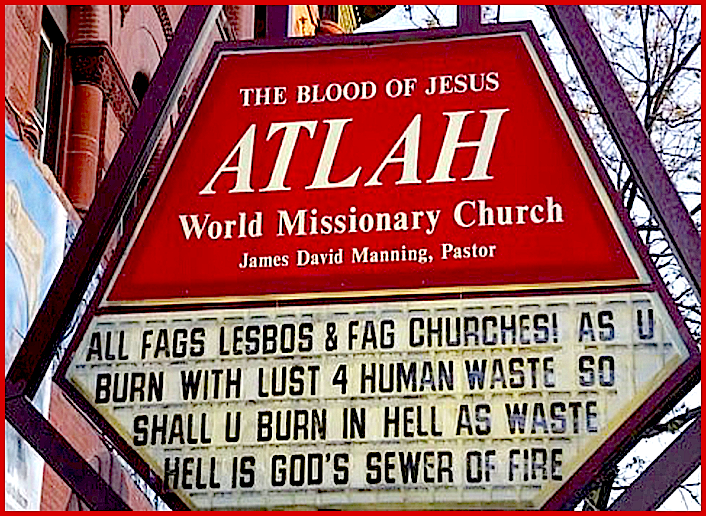
BTW
Little Big Man Marco Rubio is gone but not totally forgotten as a presidential contender. In the end, the Florida senator’s run may best be remembered for his bizarre…More
May-June 2016

Little Big Man Marco Rubio is gone but not totally forgotten as a presidential contender. In the end, the Florida senator’s run may best be remembered for his bizarre…More
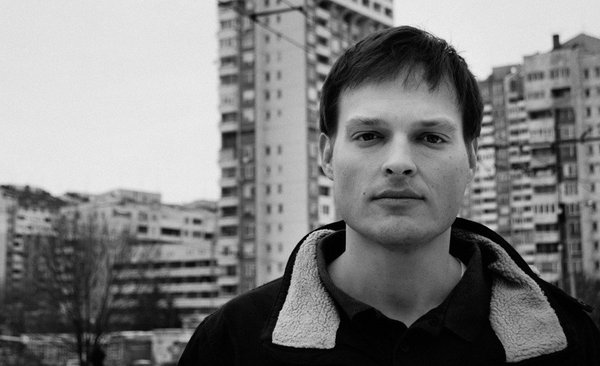
A poet and author of an award-winning novella titled Mitko (2011), Greenwell holds masters degrees from Harvard and the Iowa Writers’ Workshop, where he was an arts fellow. As he explains here, the years he spent both studying and writing poetry were instrumental in the development of his prose style. He’s an avid reader of the gay canon, and it’s worth noting that he’s already being compared to some of the writers who first inspired him—Proust, Thomas Mann, and Henry James, among others.
This interview was conducted as an on-line Q&A in March.
More
For its first year, inter/VIEW was an underground film magazine, serving to promote Warhol’s own movies, such as Flesh and Trash. It provided Warhol easy entrée to the film crowd. Who could turn down an invitation to do an interview for inter/VIEW?
More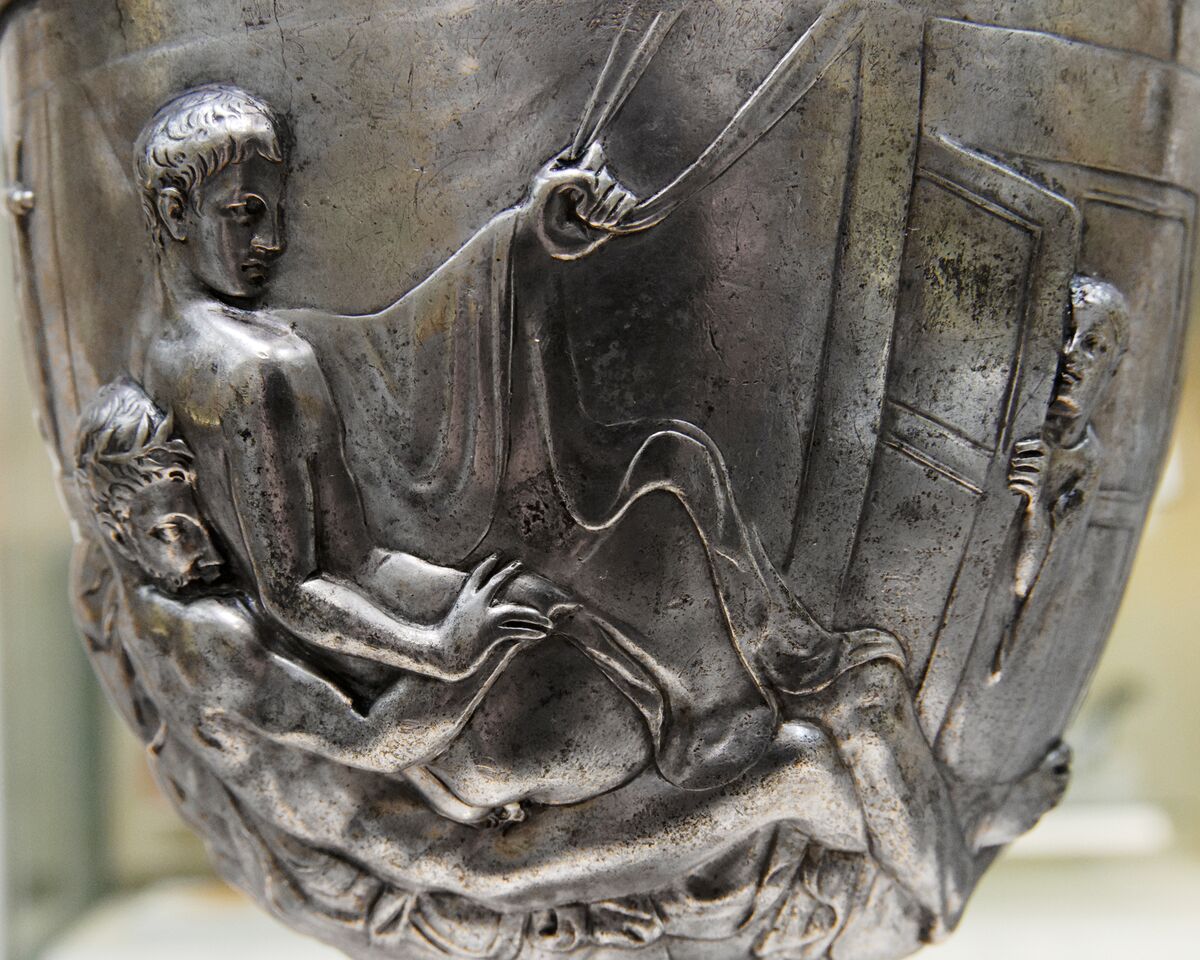
IN A CORRIDOR within the British Museum is Cupboard 55, an antique wooden cabinet numbered with a bronze plaque, containing more than 1,100 objects itemized into a registry and sequestered into an archive. It was created in 1865 and known as the Museum Secretum. Until the 1960s, the Secret Museum was a storeroom of erotica from the ancient world, including Asian, Egyptian, Greek, Near Eastern, and Roman artifacts. Many of them were objects of worship, such as pre-Christian fertility gods and goddesses. Also concealed in the cupboard were phallocentric objects, wax votive phalluses from churches in Isernia, Italy, and 8th- and 9th-century animal membrane condoms in original paper wrappers and tied with silk ribbons at the open end.
More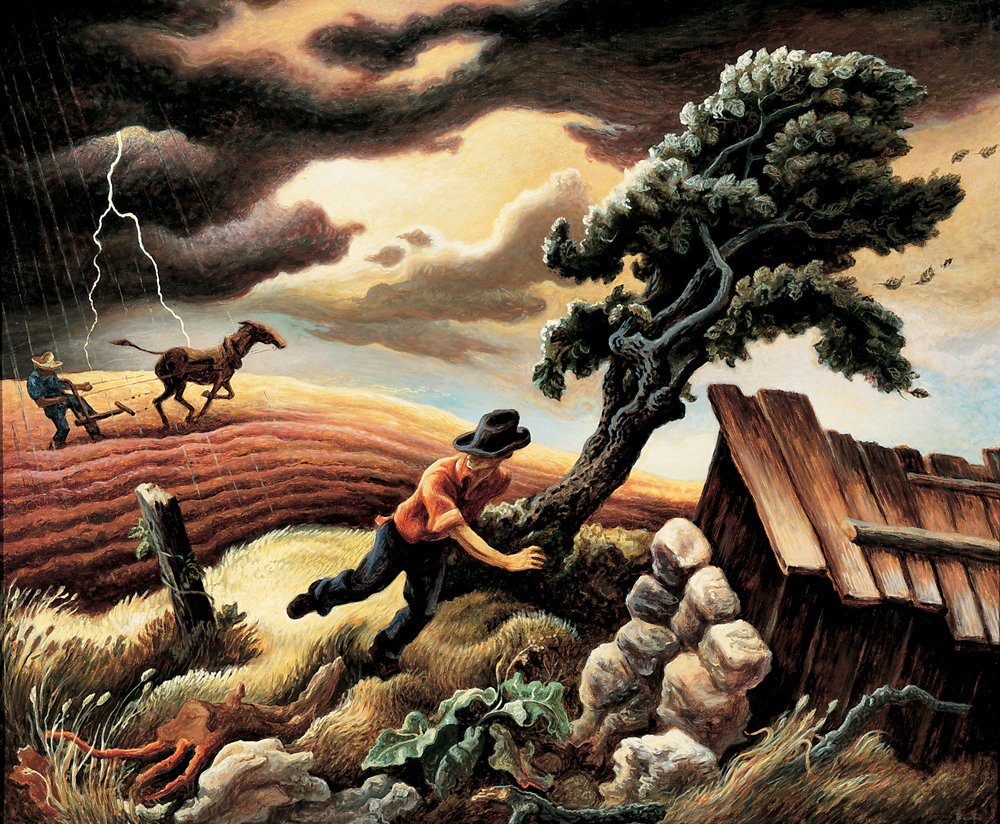
AROUND THE TURN of the 20th century, “virile” (from the Latin virilis, manly) was an adjective frequently used by art critics to characterize American paintings. The boldest and most independent painters were conventionally designated as “virile,” while those who depended on European models were by implication not as masculine or even effeminate. Thus there were also nationalistic overtones to this term. “Virile” had connotations of mental health and moral purity as distinct from European decadence and corruption. Modernism itself was judged a European import that American artists would do well to avoid.
More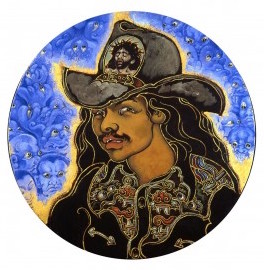
Aligning himself with black and Latino graffiti artists and poets on the Lower East Side, including the legendary Puerto Rican writer and ex-con Miguel Piñero, his friend and sometime lover, Wong nevertheless described himself as a “tourist” there. If indeed he felt like an outsider—and Wong, Asian and gay, could certainly look like one, flamboyantly dressed, as he often was, from head to toe, like an urban cowboy—as an artist he penetrated deeply into the social terrain that he was observing.
More
An interview with Cassandra Langer, the author of the biography, Romaine Brooks: A Life.
More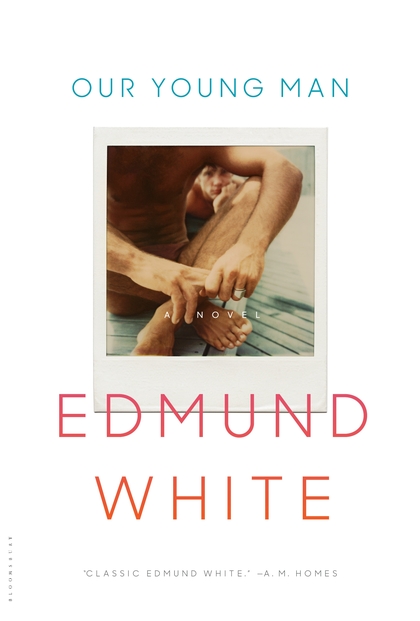
The surprisingly satisfying resolution of Our Young Man is White’s way of showing readers, especially those for whom being gay is the norm, how to accept who they are, and where they belong, with grace.
More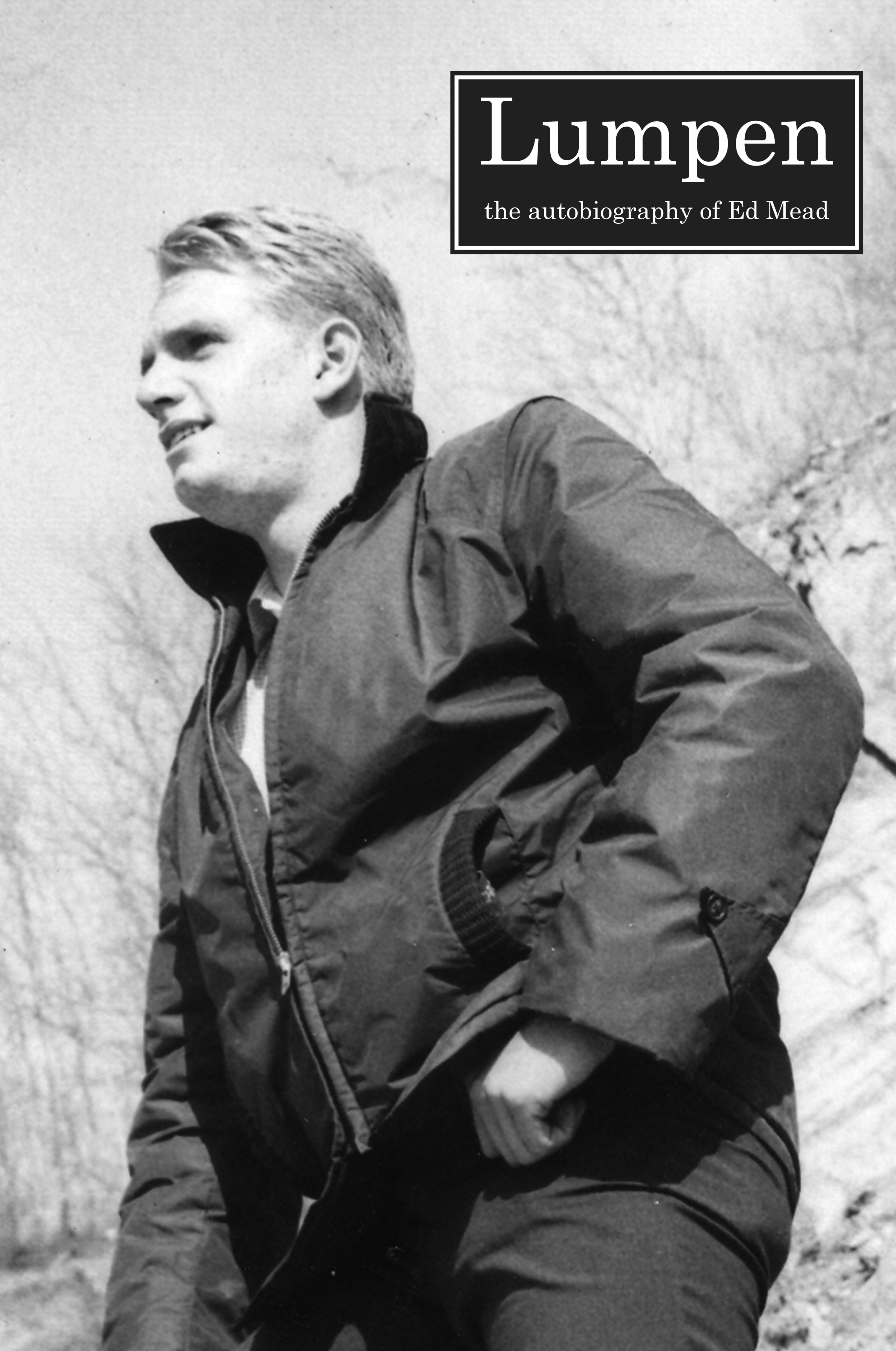
Lumpen joins Dean Spade’s Normal Life, Joey Mogul, Andrea Ritchie, and Kay Whitlock’s collectively authored Queer (In)Justice, and the anthologies Captive Genders (edited by Eric Stanley and Nat Smith) and Against Equality: Prisons Will Not Protect You, edited by this writer.
More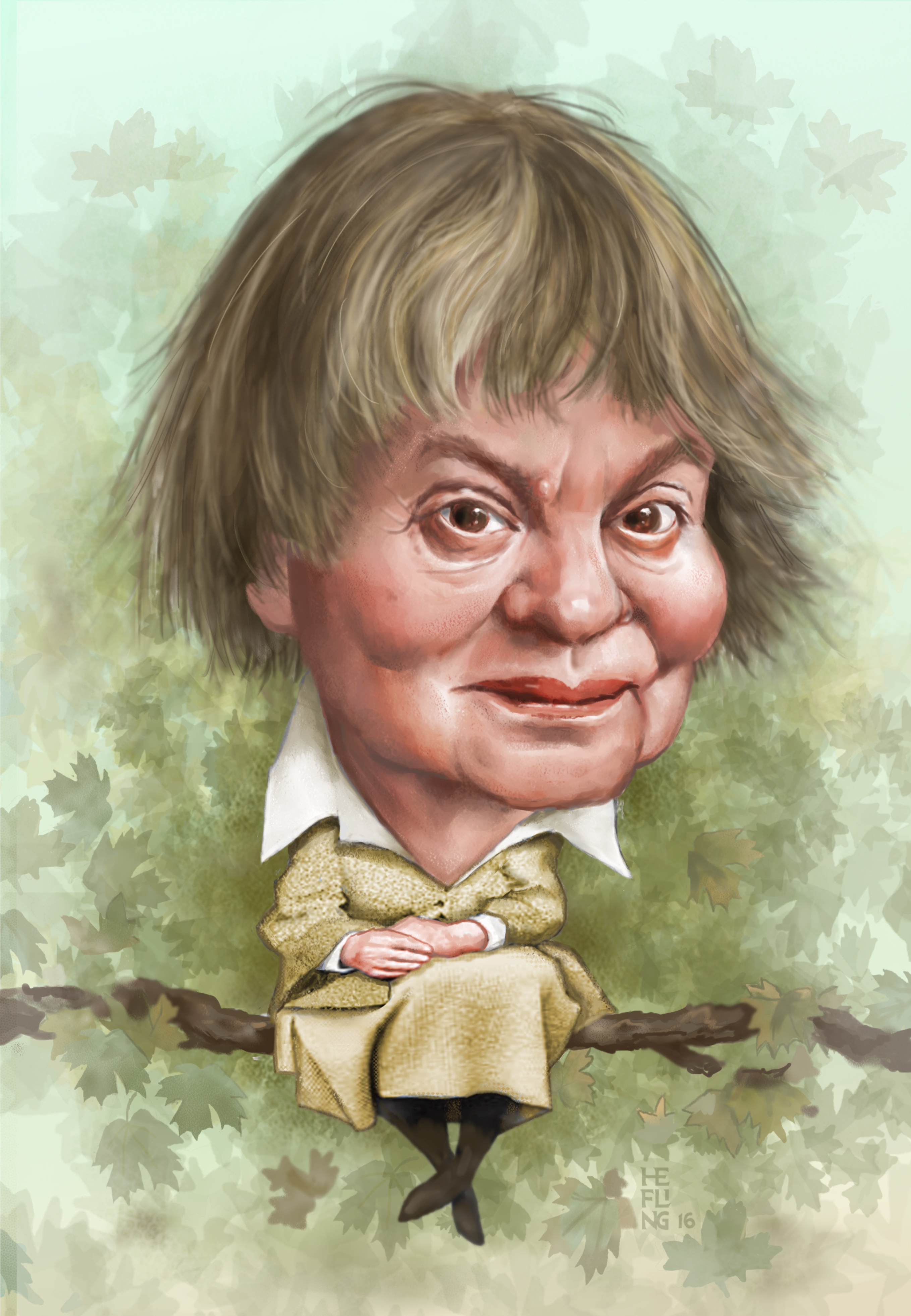
IRIS MURDOCH has been hailed as one of the 20th century’s greatest writers, and this collection of her letters demonstrates that this is not hyperbole.
More